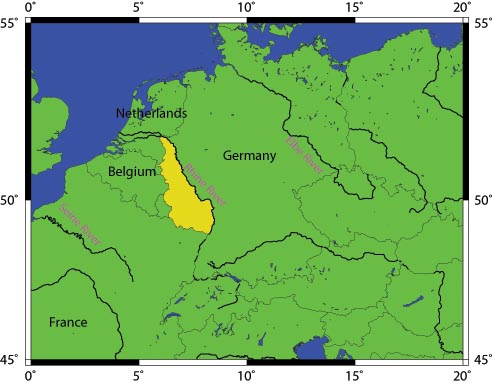Rhineland 1936
The Treaty of Versailles decreed that the Rhineland – an area of Western Germany - would become a demilitarized zone. Germany was in political charge of the area, but no troops could be stationed there. Many Germans therefore felt that they were not in full control of a large segment of Germany.
Hitler made the bold step of ordering his troops to enter into the Rhineland again in 1936, again breaking the terms of the Treaty of Versailles. As a precaution, his generals were told to order a retreat if the French displayed any signs of responding with force. The French did not react, and more than 32,000 troops made their way into the Rhineland. Later Hitler confessed that the two days in which the Rhineland was re-militarised were the most anxious days of his life.
He said that if “France had then marched into the Rhineland, we would have had to withdraw with our tails between our legs."

Why did Britain and France not respond?
Due to a tumultuous domestic political situation, the French had no political leaders who could focus on Nazi Germany's aggressive re-militarisation. As with the German navy, Britain felt that some aspects of the Treaty of Versailles did not need to be upheld into 1936 - nearly 20 years after the end of World War One.
Hitler once again got away with breaking the Treaty of Versailles. And he learnt something about contemporary France. The Rhineland had been demilitarised to protect France from Germany in the case of future German aggression. But France did nothing. Hitler came to the conclusion that France was even less likely to respond to acts of German aggression in Eastern Europe.
See also: Italy and Germany 1936 to 1942
MLA Citation/Reference
"Rhineland 1936". HistoryLearning.com. 2025. Web.
